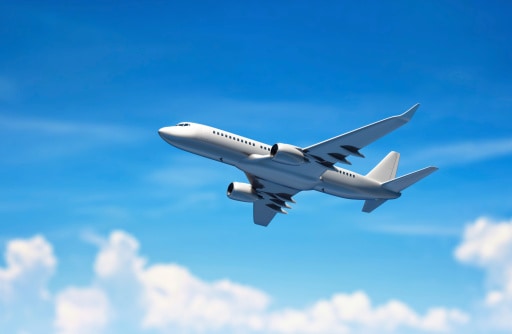
Haven’t you always wondered if “airplane air” gets you sick? I have! After all, you’re 35,000 feet in the air in a metal tube with 100+ other strangers, many of them who are sick!
So does flying increase your chances of “getting sick?” Not so fast.
First of all, flying is still the safest way to travel. Strong statistical analysis proves that.
But what about those pesky germs floating around in the cabin? Well…despite millions of passengers flying in airplanes, research has shown that the risk of infectious disease transmission aboard a plane is very low. In fact, the risk of airborne transmission is probably higher in the departure lounge where the air isn’t rigorously filtered.
These days, the airplane cabin air is carefully controlled. Most modern airplanes recycle about 50% of the cabin air, with the remaining 50% being fresh outside air. Also, the cabin air is filtered through high efficiency particulate (HEPA) air filters like the ones used in hospitals. These air filters block dust particles, bacteria, fungi, and viruses.
So generally speaking, your risk of getting some germs on an airplane depends on how closely you are seated to an infected individual. If you are two or three rows away from someone who is sick, you shouldn’t have much risk of getting sick.
Also, keep in mind that the flu or a cold is much more likely to be contracted when someone coughs or sneezes directly on or near you, and then you touch an infected surface and then touch an entry point on your body, like your eyes or mouth. So riding in a plane is not that much different than riding other forms of public transportation, like buses, trains, etc.
If you are flying and are worried about getting sick, just make sure you thoroughly wash your hands with soap and water and avoid touching your face, as this will help prevent getting sick.
Have a great day and I’ll talk to you soon!
Sincerely,
Dr. Justin Trosclair
Source: foxnews.com
